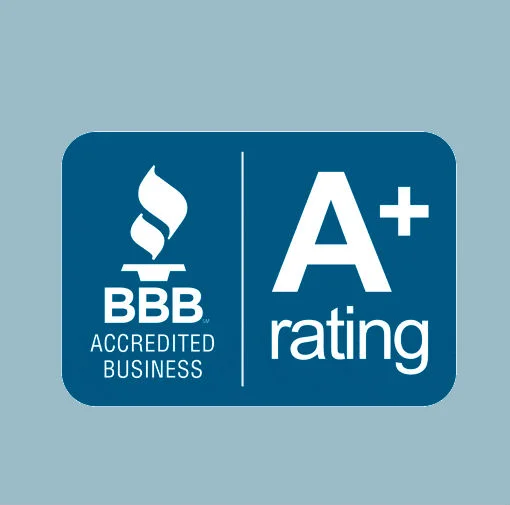Hospital Public Relations: When Really Nasty News Hits the Fan
 Now and then, something really unpleasant happens at a hospital, medical center or even at a medical practice, and “bad news” abounds. Unflattering headlines and stories flow, and negative hospital public impressions and perceptions have administrators reaching for the extra large bottles of Pepto-Bismol.
Now and then, something really unpleasant happens at a hospital, medical center or even at a medical practice, and “bad news” abounds. Unflattering headlines and stories flow, and negative hospital public impressions and perceptions have administrators reaching for the extra large bottles of Pepto-Bismol.
What if something like this hit the fan in your facility? There’s the Medicare fraud case in the news, for example, in which a podiatrist pleaded guilty to submitting more than $1 million in bogus invoices to providers. (The icing on this negative publicity cake was when the insurance carrier was billed for foot care of a double amputee.)
It's not IF, it's WHEN.
Toxic situations, of course, are best avoided all together. But reality teaches us that sooner or later something nasty is going to happen. It could be a big stinker, or it could be a mildly uncomfortable misunderstanding. And, as unpleasant as it all is, it’s best to be prepared for damage control via a medical practice or hospital public relation plan. Some idea starters:
- Have a Contingency PR Plan with Notification System. It’s impossible to anticipate every scenario, but it is useful to discuss how the organization is organized for a crisis, large or small. Establish a system that quickly notifies everyone who needs to be aware of the issue. Have a policy about who speaks to the media, how to direct and handle inquiries at the proper level and how to keep your internal public informed. Identify what needs to be done (at least the top line items), and who will be responsible.
- Doing nothing or remaining silent is usually the worst approach. Since the days of “Watergate,” the news media can be spring-loaded. They can be tantalized by “no comment,” lingering silence or by anticipating a bigger story of some sort of hush-hush cover-up. A lot of bad news hot potatoes become old-and-cold news once the issues have been answered. That’s why a prompt statement of information from an authoritative spokesperson will often disarm a problem.
- Be proactive; your day will come. Allow time for training and preparation, including brainstorming around various types of negative news situations. A “simple misunderstanding” situation may dictate an uncomplicated reaction, while something more serious may require an all-out effort by many. Schedule time to rehearse, role-play and generally, be prepared. (Stuff like this can get pushed to the back burner, so know it’s real and take it seriously.)
What can you add to this list? Do you have a contingency plan in place? What’s the first and most important action step in heading off negative situations?
Related Articles:
Whatcha Gonna Do When Hospital Advertising Goes Sour?
Another Hospital PR Case: When Media Relations Go Sour
Two Hospital PR Case Examples: One Bizarre, One Just Crazy
The Critical Moment When Hospital Reputation Management Matters Most









